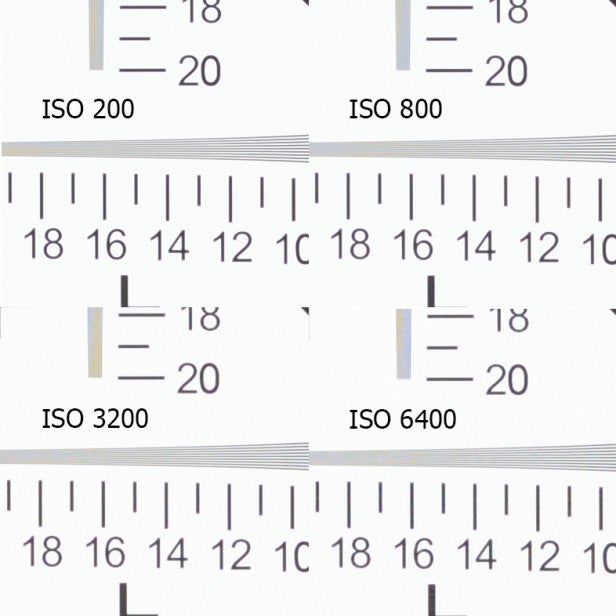Nikon D610 Review - Image Quality and Verdict Review
Image Quality and Verdict
The Nikon D610 looks to right the infamous wrongs of its predecessor

Sections
- Page 1 Nikon D610 Review
- Page 2 Design and Performance Review
- Page 3 Image Quality and Verdict Review
Image Quality
As you’d expect from a Nikon DSLR sporting a full-frame sensor, the D610 delivers some pretty impressive images.
Despite featuring an AA filter, compared to the recent spate of DSLRs that have done away with the technology, the 24MP sensor delivers an impressive level of detail. Although it can’t quite edge its rival – the Canon EOS 6D – in terms of real fine detail, the results are still impressive.

1/200 sec @ f/5, ISO 200, Matrix metering – Nikon 24-85mm f/3.5-4.5 – (full res)
The sensor also delivers some impressive performance with regards to noise at higher ISO settings. Raw and JPEG files both deliver noise free images across the lower ISO settings, and it’s not until you reach ISO 3200 that noise becomes visible.
1/200 sec @ f/5.6, ISO 3200, Matrix metering – Nikon 24-85mm f/3.5-4.5 (full res)
Even at the highest base ISO setting of ISO 6400 noise is still barely an issue, and despite it becoming more apparent images are still usable.
1/160 sec @ f/11, ISO 100, Matrix metering – Nikon 70-200mm f/2.8 (full res)
Thanks to the Nikon D610’s 2016-RGB metering system you can rely upon the camera to deliver even exposures in a host of conditions, with a dynamic range that manages highlights and shadow detail well.
20 sec @ f/16, 0.33EV – Nikon 24-85mm f/3.5-4.5 (full res)
One observation is the camera can occasionally overexpose in particularly high contrast scene or settings in which the photographer is confronted with a backlit subject, although simply dialling in exposure compensation of -0.3EV or -0.7EV usually tends to the situation.
1/200 sec @ f/8, ISO 200, Matrix metering – Nikon 24-85mm f/3.5-4.5 (full res)
Finally, the D610’s Auto white balance system picks up where the D600 left off, with an impressive level of reliability across a host of different lighting conditions.
There’s also now the added benefit of the ‘Auto 2’ setting, specifically designed to preserve a warm tone in artificial lighting conditions.
(For full res click here)
Should I buy it?
Although the Nikon D610 is little more than a D600 with a ‘repaired’ shutter mechanism, it remains an impressive DSLR that delivers full-frame results in a relatively compact body.
It is a shame that Nikon didn’t take the upgrade opportunity to add features such as in-built Wi-fi, although they would no doubt argue that Wi-fi is a non-essential feature and its leaving it out allowed them to keep the price down.
So while there are other full-frame DSLRs close to this price point, if you want a solid advanced model that offers excellent image quality and usability the Nikon D610 should be at the top of your list.
VerdictThe Nikon D610 doesn’t offer many improvements on the Nikon D600, although it does fix the reported shutter mechanism issue.
On the whole it’s an impressive advanced DSLR that delivers full-frame image quality and a high level of performance in an attractive package.
Trusted Score
Score in detail
-
Value 9
-
Design 8
-
Design & Features 8
-
Image Quality 9
-
Performance 8

